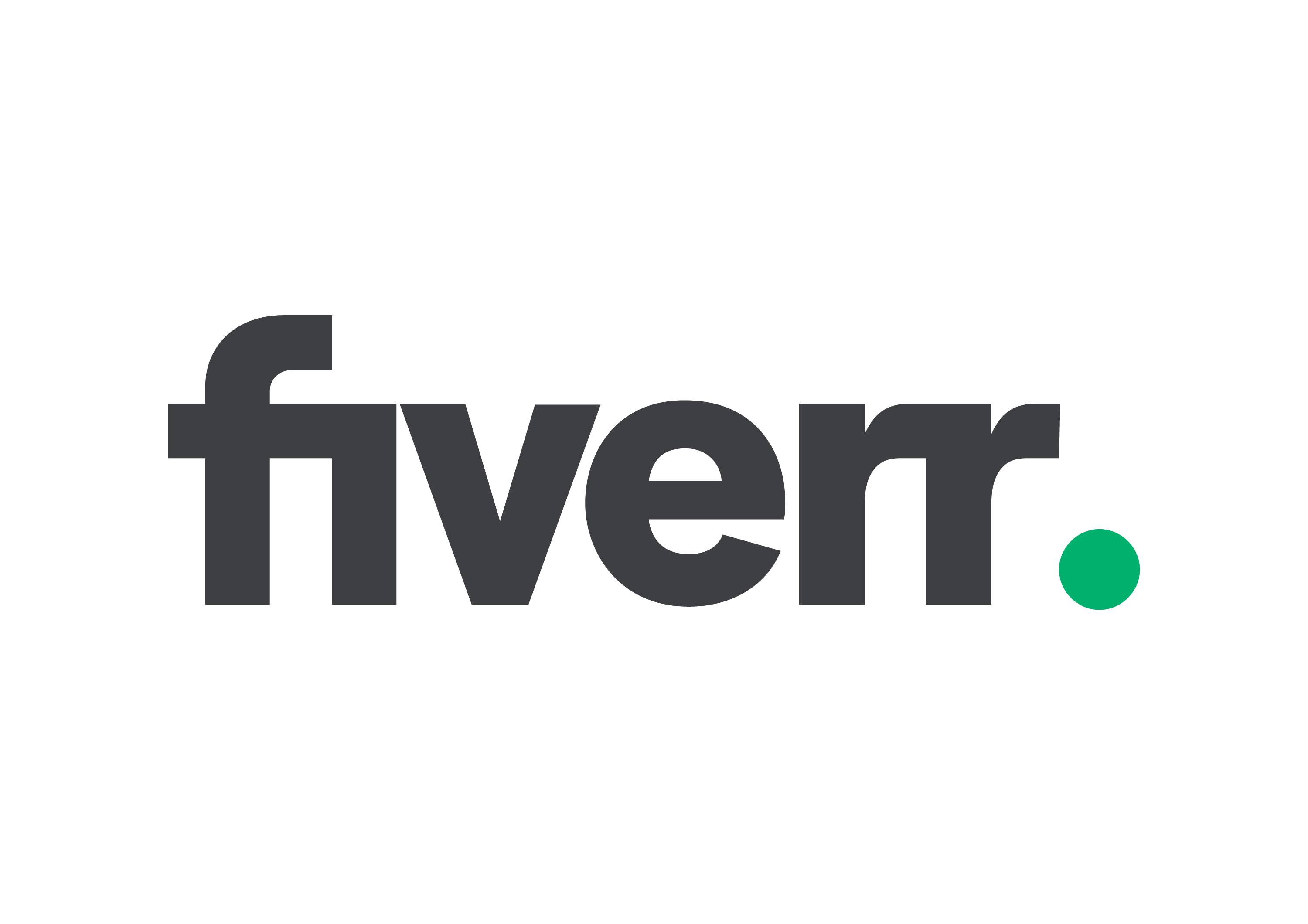A favourite movie line of mine is, “I want that report on my desk tomorrow morning!” I always felt it was a phrase stolen from the Finance office at the end of the 20th century!
In a typical Finance function, this reporting request would entail a team of financial professionals (quite possibly all qualified accountants) extracting data from Finance systems, correcting the data they’ve extracted, collecting additional data that wasn’t
in the Finance systems and then collating all of this information together in a spreadsheet to then present in a perfectly manicured A4 report. And finally, if time allowed, there maybe a few minutes available to add some commentary or insight.
Fast forward to 2022, and what has really changed? Is the production of standard reports still the “raison d’être” of a Finance professional, and with an ever-increasing need for data and insights, how is the reporting landscape evolving?
Who is now asking for those reports?
For decades, CFOs and their teams have been serving a static set of stakeholders with a specific preference about how they want to see information presented. But the stakeholder group for the Finance function is growing, and the needs of each group are evolving.
Historically, Finance was all about reporting accurately on what had occurred in the last reporting period, stating the facts of what contributed to the Income Statement or the Balance Sheet. This remains a core purpose of Finance reporting and meets the
needs of a large group of predominantly external stakeholders – particularly customers, statutory and regulatory bodies, and the investor community. As firms embrace Digital Finance transformation, the Digital CFO has a clear mandate to improve services to
these external stakeholders.
However, alongside this, the Digital CFO must also deliver to a new set of internal stakeholders who are in search of a lot more than the facts on the past reporting period. The Board, Business CEOs, and Operational Leaders expect Finance to deliver forward
looking insights and more in-depth analytics available at their fingertips. The Finance function must therefore continue to provide the standard reporting, while also providing business insights and foresight – based on data analytics, modelling, and predictive
analysis.
So standard reports aren’t dead?
Standard reports are not dead. Finance continues to be the custodian of Statutory Reporting and
Regulatory Reporting – reports that are highly predictable, are generated at set frequency with clear specificity. And whilst these external stakeholders are requiring more granular reports, and in some cases a move towards data submissions rather than
report submissions, they continue to be core foundations of Finance. These reports are essential to support market and industry comparisons, competitor benchmarking, and reduce the burden of regulatory reporting. As new reporting areas are identified (ESG
being a great example), regulators, investors and markets find comfort in easy-to-digest and understandable standard reports.
Management reporting straddles the line between standard reports and the on-demand reporting they are moving to. Management reports must be tailored to the specific organisations’ needs and be produced consistently with near real-time data. In a recent
CFO roundtable discussion several participants identified a good portion of Management reports also need to be predictable, with clear specificity. With the increasing need for information, it’s critical that this is delivered through self-service reporting
and analytics capabilities, rather than Finance Functions serving up a large quantity of standard reports.
Finally, as the focus of a Finance function moves towards Financial Planning, Analytics, and Insight, the need for dynamic and on-demand reporting is coming to the fore. This requires a different mindset, skillset, and thoughtful technology choices
to really support a Digital Finance function. Continuing to focus insight and analytical capabilities on standard reports or aggregated data will hold back the transformation of a Finance function and simply result in disappointed stakeholders as their expectations
are not met.
A critical objective for the efficient operations of a Finance function is therefore ensuring that all standard reporting is conducted effortlessly with a high level of automation –
better, faster, and cheaper. Historically Finance functions can spend up to 70% of their time on producing standard reporting, and only 30% on adding value through dynamic reporting and insights – a key performance metric for a successful finance transformation
programme would be to limit standard reporting to < 30% of the Finance effort.
So how does a Finance Function shift to Dynamic on-demand reporting?
Evolving to a dynamic reporting culture requires a wholesale culture change in Finance – this can’t be achieved through simply implementing data exploitation and business intelligence software solutions on top of existing processes and datasets. It starts
with re-imagining end-to-end Finance processes and considering how real-time data and dashboards can support ongoing reporting and support a move away from point-in-time reporting.
And let’s not forget the fundamentals of a Finance function. Every output produced – whether it’s a standard report, a dynamic dashboard, or a business insight finding from a data scientist – must be sourced from a reconciled, controlled and accurate financial
accounting dataset. The worst outcome for Finance is a proliferation of data and reports that can’t be authenticated or reconciled back to the Finance books and records – a perfect storm for eroding all confidence in a Finance function.
Consider using the rich granular data available in subledgers as the starting point for dynamic reporting and then enriching this controlled Finance dataset with other non-Finance golden sources (integrated through a data fabric) to drive business insights.
The growth in data demand has been exponential, and continues to grow as new regulatory standards such as IFRS17 and ESG disclosures drive the need for rich granular data in Finance. Attempting to bring this level of non-financial data through the Finance
general ledger will just constrain the Finance functions’ reporting ability by limiting them to aggregated standard reports, and lead to an explosion in offline, end-user computing (EUC) solutions as people try to get the analysis they need. Furthermore, this
risks misinterpretation or inaccurate insights being derived through the creation of “shadow” Finance reporting that lacks the required controls and consistency.
This also requires a re-think around the people, skillsets and culture required to support dynamic reporting. Insights and analytics require individuals who can identify trends and analytics, and aren’t solely focussed on compliance, accuracy, and reconciliations.
You need the ability to be able to ask the right questions and direct the data and analytics teams – this requires a thirst for curiosity as well as a business outlook. This doesn’t mean you no longer need Accountants, and it doesn’t mean everyone should
be a Data Scientist – but the two must co-exist.
Once you are clear on the data foundations and people & skillsets, the technology choices become easier. Data exploitation and business intelligence solutions are available in their plenty, however supplementing these capabilities with scenario modelling
and machine learning capabilities will lift the analytics capabilities to another level. The ability to explore and implement chatbots, natural language recognition, or blockchain will come more naturally once the foundations are laid for dynamic reporting
capabilities.
Dynamic reporting presents a cultural shift in the Finance function, with considerable difference from the Finance standard reporting role we started with. Rather than a Finance stakeholder demanding that standard report on last month’s Financials by tomorrow
morning, the best-in-class Finance functions will be offering up dynamic reporting and critical business insights in real-time, helping to shape the future direction of the business.


